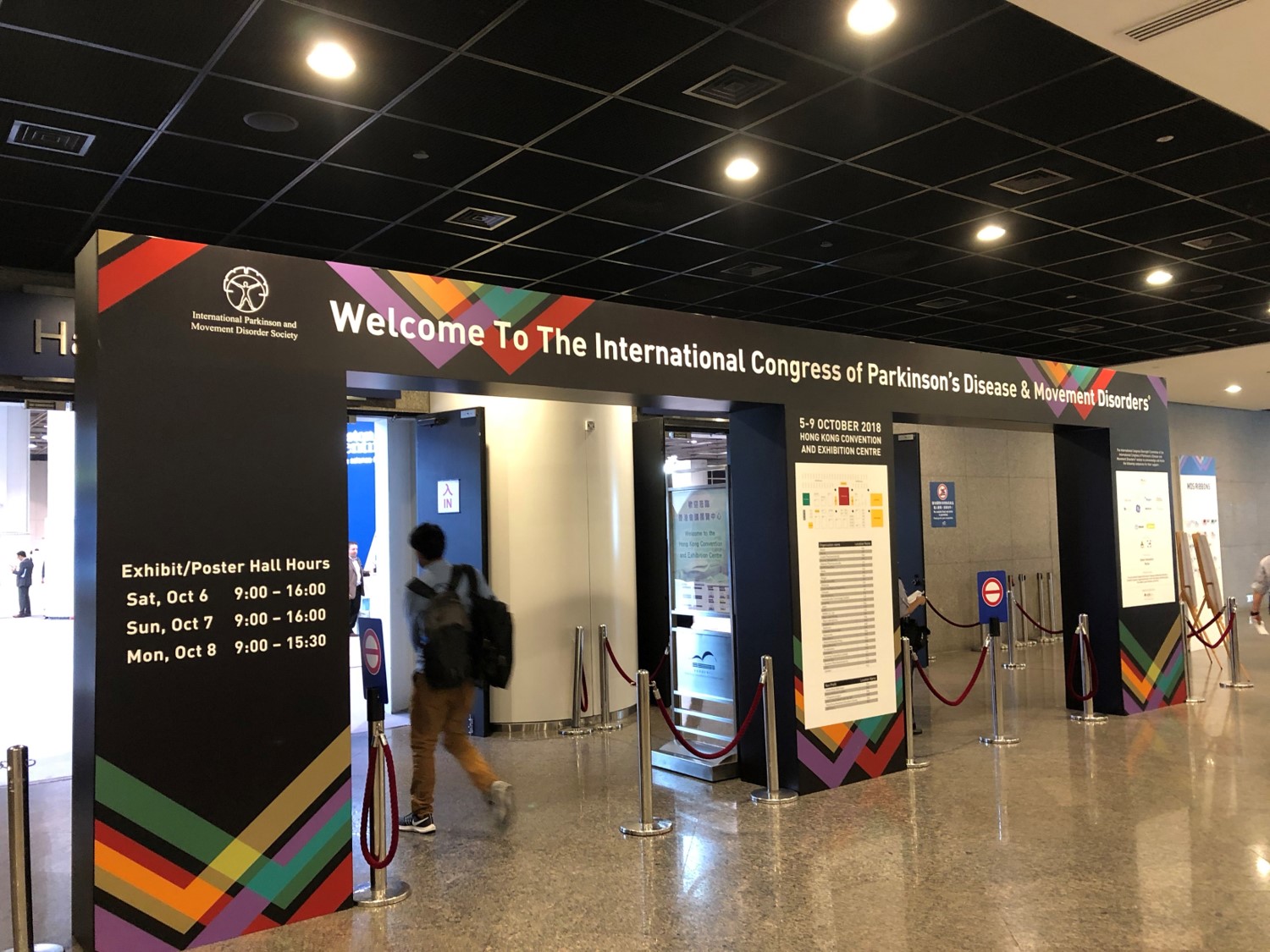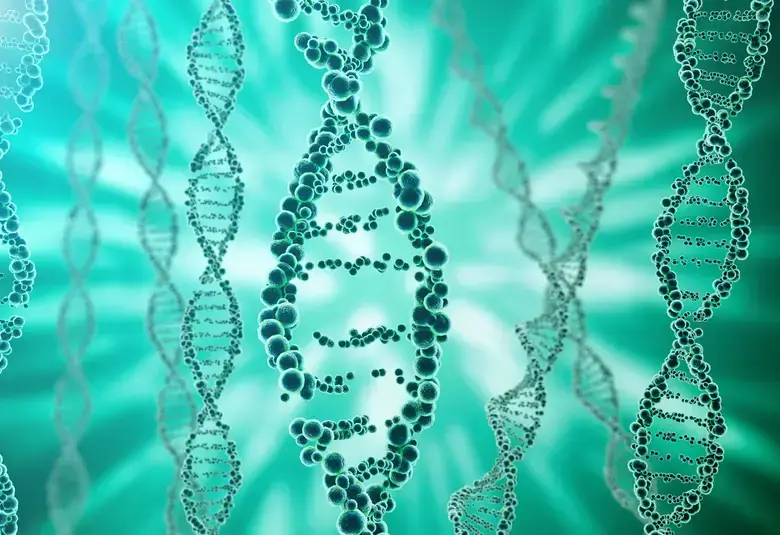Immunotherapy is an established treatment option for many forms of cancer, and recently received much attention when the winners of the 2018 Nobel prize in Physiology or Medicine were announced. Immunotherapy for Parkinson’s disease, targeting misfolded alpha-synuclein, is not yet a reality, but several clinical trials are underway.
Werner Poewe, Medical University of Innsbruck, gave the audience at a session at MDS a thorough overview of ongoing clinical immunotherapy trials that are targeting either alpha-synuclein in Parkinson’s Disease (PD) and multiple system atrophy (MSA), or tau in progressive supranuclear palsy (PSP).
The goal of targeting alpha-synuclein with immunotherapy is to ultimately reduce the build-up of pathologic, aggregated alpha-synuclein, and prevent its spread in the CNS
Active and passive immunotherapy
The goal of targeting alpha-synuclein with immunotherapy is to ultimately reduce the build-up of pathologic, aggregated alpha-synuclein, and prevent its spread in the CNS. Immunotherapy can either be passive, using antibodies, or active (i.e. a vaccine). The former approach has good specificity but does not elicit an immunological memory, which in turn require patients to receive multiple infusions of the antibody to maintain the therapeutic effect. Active immunotherapy also has good specificity, with the additional upside of the formation of an immunological memory, which could mean fewer and less frequent infusions. There are several monoclonal alpha-synuclein antibodies in phase 1 and 2 of clinical development. Professor Poewe concluded his talk with stating that all ongoing immunotherapy trials in PD, MSA and PSP have shown signals of target engagement, and currently no safety concerns have been raised in either phase 1 trials of alpha-synuclein and tau antibodies, or with active immunotherapy in PD and MSA.
“Identity theft”
In a talk that at the outset seemed to focus on gene silencing and gene editing for Huntington’s disease and other genetic disorders, Don Cleveland, University of California, covered not only that, but also presented a series of recent, as yet unpublished, elegant pre-clinical in vitro and in vivo experiments focusing on PD. Referring to the approach as “identity theft”, Professor Cleveland, described how an shRNA, encoded by an adeno-associated virus (AAV) could be used to convert astrocytes into neurons, as a means to replace neurons lost to PD, by silencing one single gene called PTB. Astrocytes were efficiently converted to neurons by lowering PTB in vitro with AAV-shPTB, although with low proportions of cells displaying tyrosine hydroxylase (TH) – a marker for dopaminergic neurons. However, in vivo, much higher proportions of TH-positive cells were obtained by this approach. In the 6-OHDA lesion PD model in mice, silencing PTB successfully turned astrocytes into functional new dopamine-producing neurons that reconstituted the nigrostriatal pathway, and reversed the PD phenotype of the lesioned mice. Professor Cleveland ended his talk emphasizing that this approach may be broadly applicable in neurodegenerative diseases.
“Protein quality control”
In cells, there is a constant competition between native and misfolded proteins. Usually the native pathway wins this battle since we have an “innate protein quality control system” in place, said Seung-Jae Lee, Seoul National University. This quality control system is characterized by recycling and degradation of misfolded and aggregated proteins. The major cellular disposal systems are the ubiquitin-proteasome system and autophagy, but in his talk, Professor Lee stressed the third alternative pathway for disposal – exocytosis into the extracellular space.
In cells, there is a constant competition between native and misfolded proteins
LRRK2 and lysosomal degradation of alpha-synuclein
Propagation of extracellular alpha-synuclein aggregates has been proposed as a contributing factor in progression of PD. Alpha-synuclein secreted via exocytosis from “donor” neurons has been suggested to be taken up by “recipient” neurons via endocytosis, and internalized alpha-synuclein aggregates are trafficked through the endolysosomal pathway. Alpha-synuclein can also spread from neurons to astrocytes1 and is affecting microglia in a paracrine fashion2, in both cases triggering neuroinflammatory responses.
Professor Lee presented results from a very recent study from his lab in which LRRK2 was shown to be able to modulate alpha-synuclein propagation in a kinase activity-dependent manner via phosphorylation of RAB35. 3 In a mouse model, inhibition of LRRK2 with a kinase inhibitor reduced alpha-synuclein aggregation via increased interaction of alpha-synuclein with the lysosomal degradation pathway.
Professor Lee concluded his talk by suggesting that LRRK2 kinase activity could be a therapeutic target for reducing synucleinopathy lesions.




